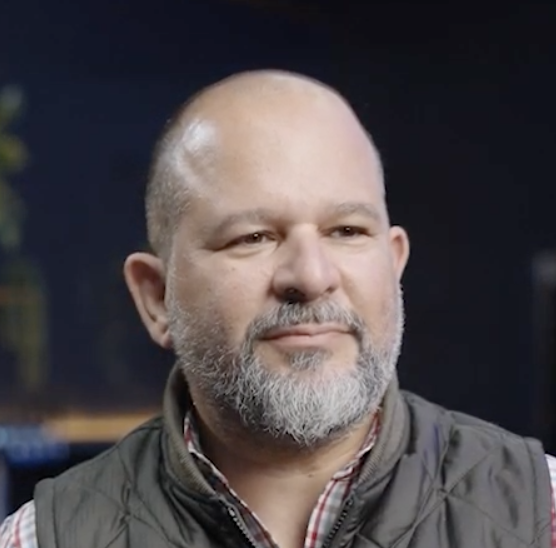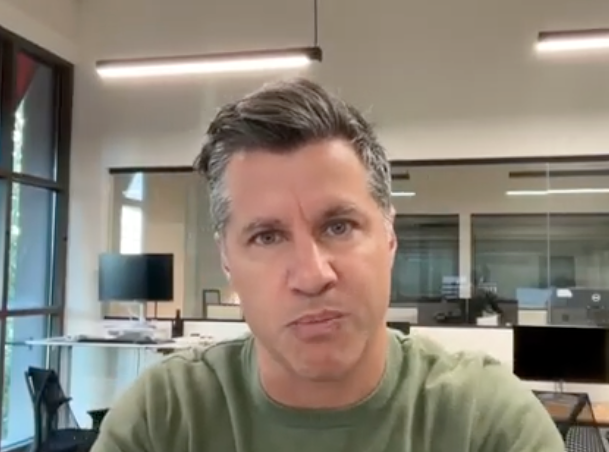
Lessons from the Startup Circus
Lessons from the Startup Circus
Being a founding engineer at a startup is like joining a chaotic circus, where the learning curve is the same as juggling chainsaws and sleep deprivation is the tightrope you walk daily - but it’s the best thing ever.
I've spent a decade as an engineer in early-stage companies, helping them go from 0 to 1. I started my career interning at eBay and Yahoo during my MS in CS, and quickly realized these were companies that utterly lacked joy. I quickly made the jump to startups.
My first role was at Tom and Vivek’s second company, Krux, where I formed relationships that persist today. After Krux sold to Salesforce in 2016, I had a brief stopover in Big Tech, but the circus kept calling.
Now I’m a Technical Lead at super{set}, helping our earliest stage companies get off the ground by building MVPs, hiring the (hard)core engineering teams, and helping super{set} and our co-founders lay the groundwork for achieving long-term product vision.
I've had the chance to learn the ropes about assembling the right founding engineering team, understanding and supporting first-time founders, strategically planning for early wins with the MVP, and mastering the art of effective communication in the fast-paced startup environment.
Hiring A Founding Engineering Team
Our philosophy at super{set} is People, Product, Customers - in that order. That means assembling the proper team comes before anything else. While I work at super{set} and accelerate our time to market with my technical expertise in the early stages, we’re ultimately building a team of product and engineering assassins that will captain the ship for the long voyage ahead.
Hiring can distract a company that’s just taking flight. Avoid start-stop churn by agreeing on a clear hiring plan and staging for team build-out. Recruitment takes at least 60-90 days, so start well before you need the role.
One early temptation is to focus on contractors over full-time employees. You can use both, but don’t rely on outsourcing. When you're building out your MVP, your key tech roles, like Head of Engineering, Lead Engineer, and Senior Engineers, should be part of your core team. You're not just filling positions at this stage; you are investing in your company's future. These folks need to be in the trenches, hands-on, helping shape your product's direction right from the get-go.
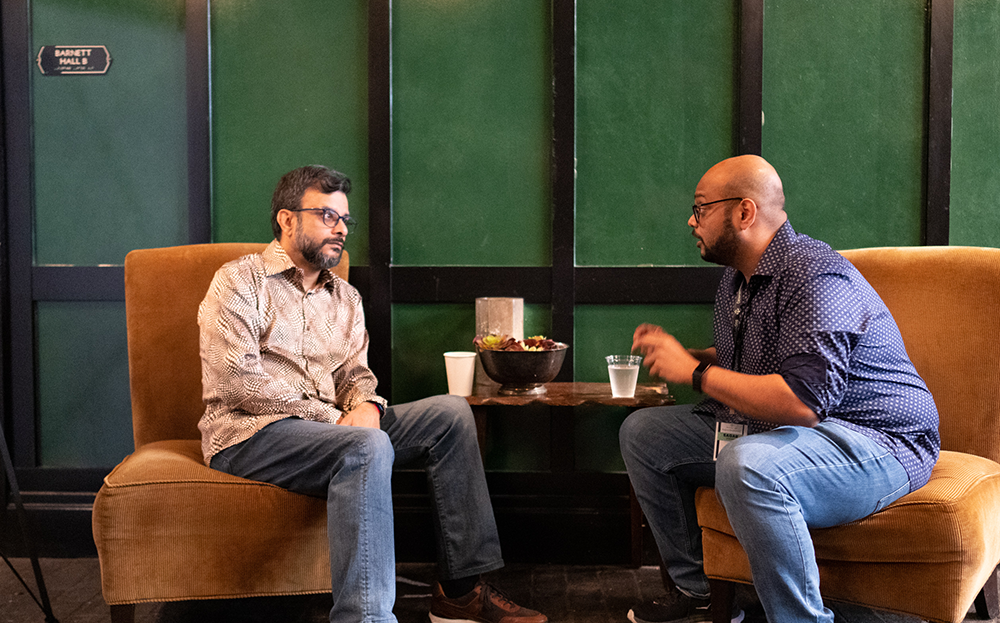
Setting the Stage: Onboarding
The founding team of a company is in it together, and they need to be in it for the long haul or be jettisoned off the ship early on. Expectations are everything. From the start, we have to set the pace for how fast we need to move and how well we need to perform. Getting the early team dynamic humming is decisive and pays like compounding interest by later stages.
An early offsite sets the stage across the team. If your team isn't co-located in San Francisco, fly them in. Establish the tone early on for what hard work looks like, and you sidestep the challenges that come with needing to intervene with a colleague that isn't performing at the velocity required for early-stage. We need teams that show up and start owning the product from day one, and in my experience, even just one week of face-to-face work will significantly boost communication and productivity.
Founding engineers are nothing like the well-fed kittens purring about the campus of a Big Tech company: founding engineers are hungry tigers conditioned to jump through rings of fire. Engineering at a startup is about thinking about the problem statement as more than just a technical puzzle. Vivek elaborates on the need for engineers to take a broad view of the business beyond the technical specifics in his “Horizontal Scaling” concept here. You have to get uncomfortable and embrace ambiguity to better collaborate with colleagues across engineering disciplines and in product and marketing roles.

Working with Technical Founders
Our startup studio model at super{set} involves bringing on a Head of Product or Head of Engineering as the first outside hire. These individuals, who often carry the scars of their previous startup circuses, teach me something new every day. Here’s what I’ve learned about working effectively with a founding team:
- Empower the Captains. We at super{set} are here to help and guide - we'll set up the initial codebases, systems, and project management tools - but the co-founders should be able to navigate these tools effectively. I sit with co-founders and first hires to make sure they comprehend the systems at play.
- Be Conscientious. At this stage, the only people who understand all the moving parts of a jerry-rigged MVP are the founding engineers. It's both exciting and terrifying - and that's what makes it thrilling. Accountability and thoughtfulness are pivotal during the early build-out. When everyone understands their roles, responsibilities, and deadlines, the ship keeps on course.
- Have Vision. Product vision matters. Recognizing your MVP and its trajectory in V1, V2, and beyond offers clarity and direction. It’s like a lighthouse guiding us through the fog of early-stage company building. Today's clear plan paves the way for tomorrow's success, even if those plans get updated along the way.
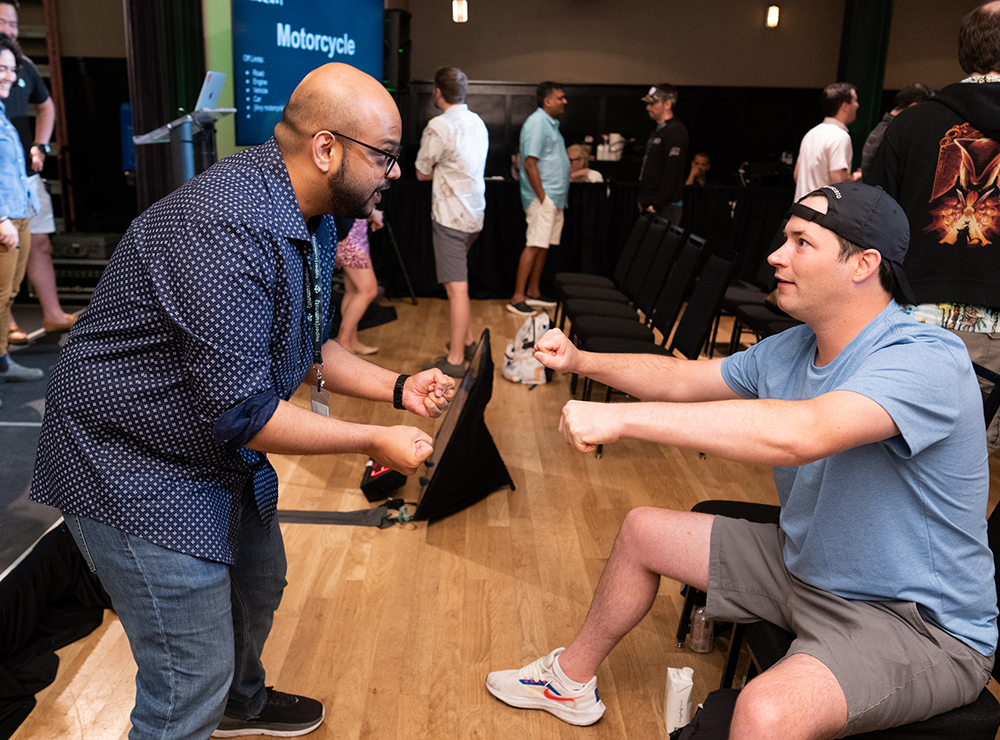
Set the Team Up for Early Wins
Building for longevity requires short-term momentum. The secret cheat code I’ve learned to set up a kick-ass early win? Just start with a realistic MVP.
This is something your team can deliver within the defined timeframe while still providing value to your first customers or design partners. Your MVP isn't V1 - it's the prototype of your product that still delivers value. Building out this MVP is an exercise in team-building, laying the proper tech foundations, and establishing effective communication channels among various roles.
The vested interest of the founding engineers in the codebase/product is vital to the company's success. This process might involve deciding on your back-end stack (Microservices? Golang? Postgres? Kafka? AWS User Notifications?), your DevOps (Kapstan? AWS?, GCP? Azure?), your front-end (React? MUI? Figma?), and your program management setup (Sprint, Demo, QA), and CI, CD, Hotfix processes.
Don't underestimate the peripherals such as third-party services like Auth0, Twilio, etc., and dealing with any compliance or security requirements in your industry. A benefit to working at super{set} is that we’ve done this time and time again with plenty of resources across the hive to tackle common problems with foresight.
Beyond the MVP, one win can simply be establishing your founding engineers early on as committed shipmates and comrades, not merely mercenary engineering help. To my earlier point on onboarding a team of tigers, not kittens: developers should absolutely attend client calls to shorten the feedback loop between customers and engineering.
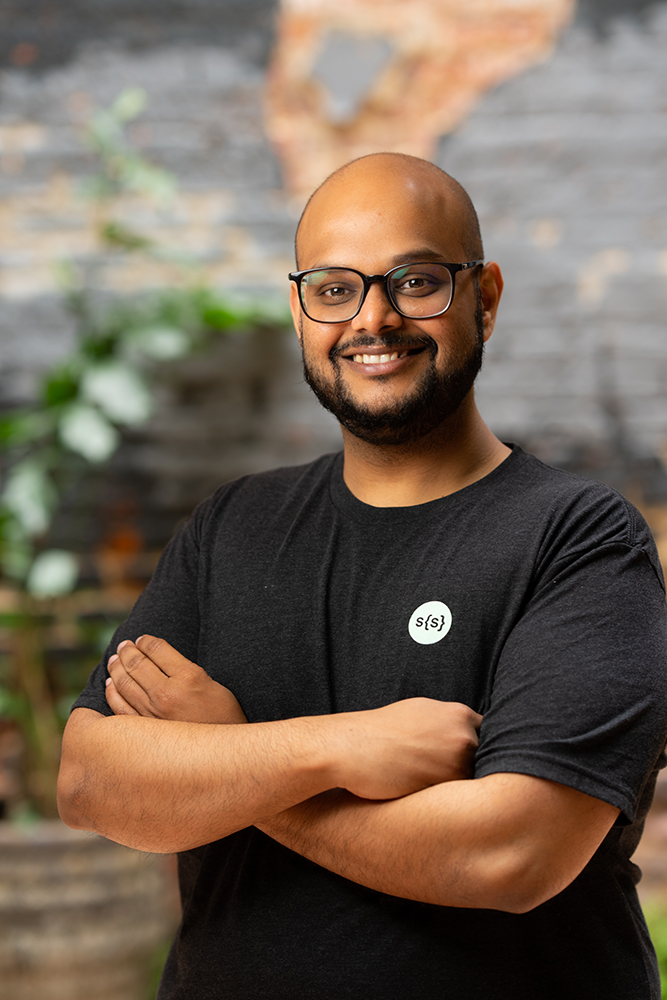
Embracing the Early-Stage Startup Journey
If you’ve done it right, you’ve made great investments at hiring time, established the tone with early onboarding, empowered your technical founder, and set the team up for success.
Of course, easier said than done!
The path from 0 to 1 isn’t for the faint-hearted: it requires long hours, countless cups of coffee, the courage to embrace the uncertainties and the grit to steer past obstacles. But the tumultuous ride is deeply rewarding, and what I like most are the people that make it all possible. Assembling the right team, nurturing an early culture, enabling effective communication, and setting them up to win just rocks.
Here's to making the next decade in the startup trenches even more exciting than the last: go forth and build, and check out our open roles to work alongside me!
Tech, startups & the big picture
Subscribe for sharp takes on innovation, markets, and the forces shaping our future.
Let's keep in touch
We're heads down building & growing. Learn what's new and our latest updates.
